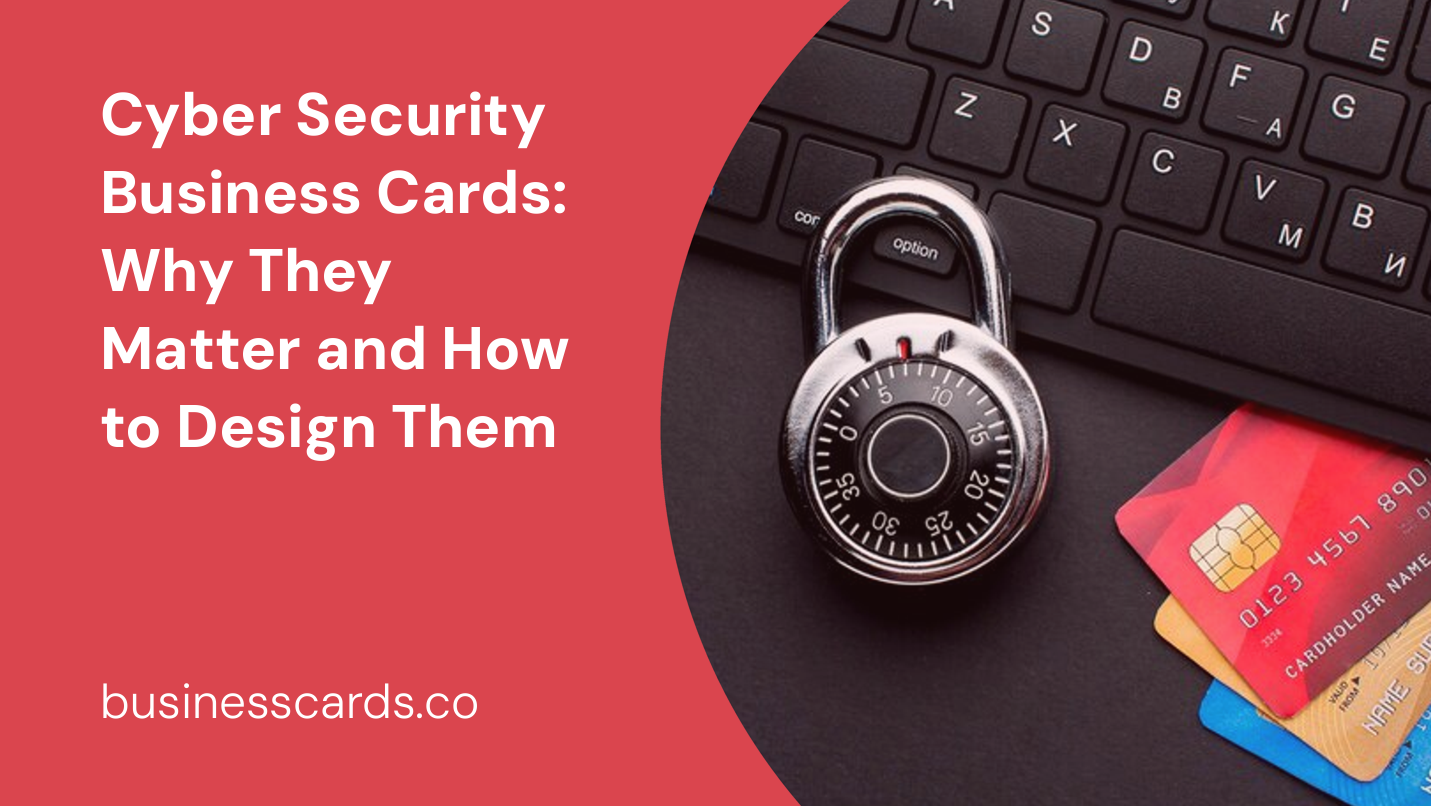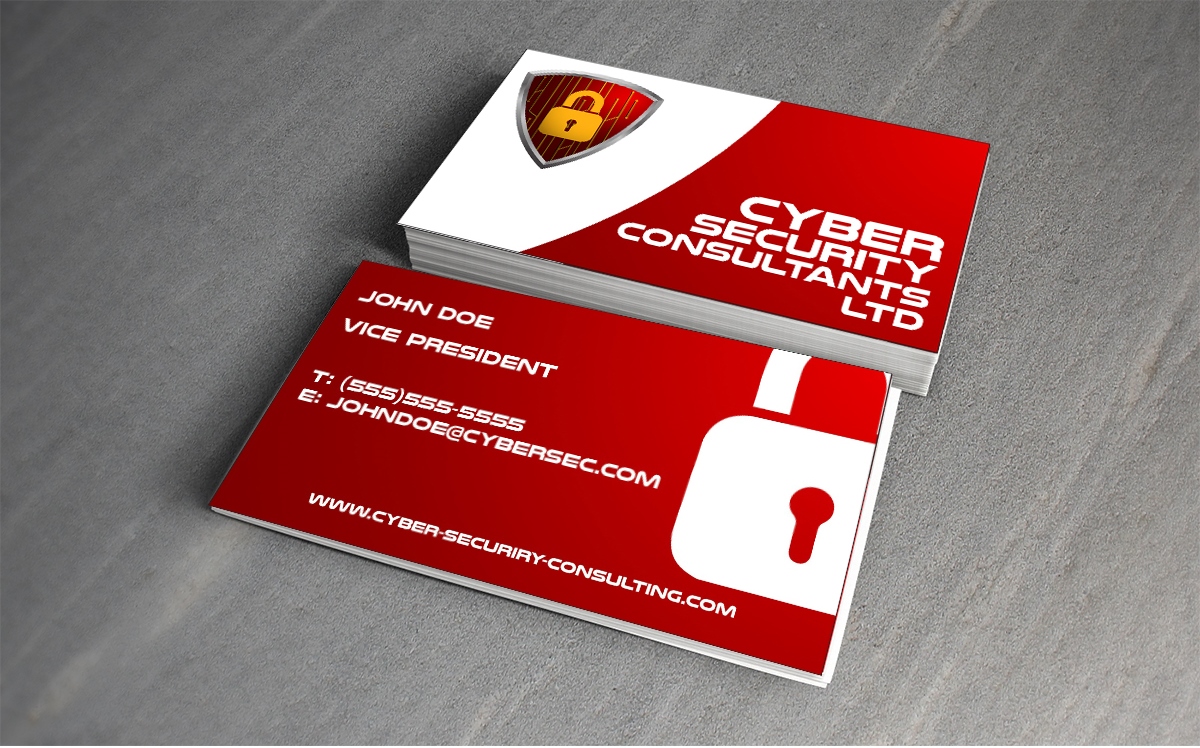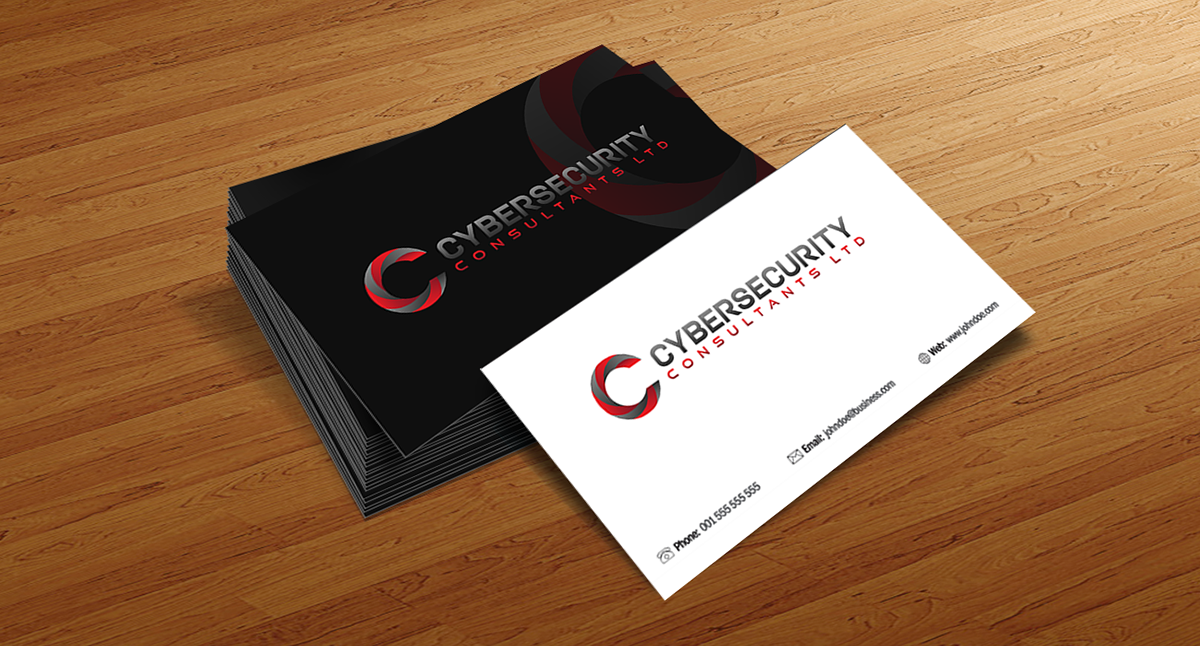
In today’s fast-paced digital world, cyber security has become a top concern for individuals and businesses alike. With the increasing number of cyber threats and data breaches, it is crucial to take proactive measures to protect sensitive information. One often overlooked tool in the realm of cyber security is the humble business card. While it may seem like a small detail, designing a well-crafted cyber security business card can have a significant impact on your professional image and help convey your commitment to safeguarding sensitive data.
The Significance of Cyber Security Business Cards

A cyber security business card serves as a physical representation of your professional identity in an increasingly digital world. It acts as a tangible reminder that cyber security is a paramount concern for your business or organization. By incorporating relevant design elements, you can communicate to potential clients or employers that you take data protection seriously. Additionally, having a well-designed business card helps to create a lasting impression, making it more likely that individuals will remember and contact you when they need cyber security-related services.
Essential Elements to Include

When designing a cyber security business card, there are several key elements you should consider including:
1. Company Logo and Name
Be sure to prominently display your company’s logo and name. This will help establish brand recognition and make it easy for individuals to associate your business with cyber security expertise.
2. Contact Information
Include relevant contact information such as your phone number, email address, and website. Ensuring that potential clients or employers can easily reach you is essential for establishing and maintaining business relationships.
3. Job Title and Specialization
Clearly state your job title and specialization, emphasizing your expertise in the field of cyber security. This will help individuals understand your role and the specific services you offer.
4. Professional Certifications or Affiliations
If you possess any professional certifications or are affiliated with reputable organizations in the cyber security industry, consider including them on your business card. These certifications and affiliations lend credibility to your expertise and demonstrate that you have undergone rigorous training.
5. QR Codes or Digital Contact Information
To bridge the gap between physical and digital platforms, you might consider adding a QR code that directs individuals to your website or social media profiles. Alternatively, including digital contact information, such as your Twitter handle or LinkedIn profile URL, can make it easier for individuals to connect with you online.
Design Tips for Cyber Security Business Cards
To ensure your cyber security business card leaves a lasting impression, follow these design tips:
1. Opt for a Clean and Professional Design
Keep the overall design of your business card clean, simple, and professional. Avoid cluttering the space with excessive graphics or information, as it may distract from the essential details. A minimalistic approach will convey professionalism and give the card a sleek appearance.
2. Choose Relevant Colors
Select colors that are relevant to the cyber security industry. Shades of blue, green, and gray often evoke feelings of trust, reliability, and security, making them suitable choices for your business card. Consider using color sparingly to highlight important details, such as your company logo or contact information.
3. Incorporate Security Symbols or Icons
To visually reinforce the concept of cyber security, include relevant security symbols or icons. These can include lock symbols, shields, or other imagery that symbolizes protection and encryption. However, use them sparingly to avoid overwhelming the design.
4. Use Professional Typography
Choose a clear and legible font for your business card. Avoid overly decorative or eccentric fonts that may be difficult to read. A modern and professional font will ensure that your contact details are easily accessible and avoid any confusion.
5. Consider Unique Printing Techniques
To make your cyber security business card stand out, consider incorporating unique printing techniques. Options such as embossing, spot UV coating, or foil stamping can add texture and visual interest to the card, while also reinforcing a sense of professionalism.
Conclusion

In today’s digital landscape, standing out and conveying expertise in the realm of cyber security is essential. Designing a cyber security business card that incorporates relevant elements and emphasizes your commitment to data protection can have a significant impact on building strong professional relationships. By following the design tips outlined in this article, you can create a visually appealing and memorable business card that sets you apart from the competition. So don’t overlook the power of a well-designed business cardâ_x0080__x0094_take advantage of this invaluable tool to showcase your dedication to cyber security.
Ava Taylor’s passion for branding and marketing shines through in her dynamic writing. She brings a unique perspective with her background in event planning, infusing creativity into her content. When she’s not writing, Ava enjoys organizing community events and gatherings.